- Chapter I: Introduction
- Chapter I.2: Executive Summary
- Chapter II: Essential tools: How productivity suites power the digital workplace
- Chapter III: Lost in Search? Gaining control of the digital workplace
- Chapter IV: The same old story –Time for standardization and automation in document generation
- Chapter IV: Interview with Prof. Dr. Christian Stummeyer
Introduction
Welcome to the first edition of our Digital Workplace Report 2025!
The digital workplace is the backbone of modern businesses – a space where ideas take shape, decisions are made, and results are delivered.
This special edition highlights key takeaways and offers practical strategies for creating a more efficient workplace:
29 hours per week
Productivity software as a
productivity driver
Employees spend an average of
29 hours per week working with
productivity software.
54% of all mails
Content is increasingly being managed online
More content is now being edited online, especially presentations and emails. Today, 46% of presentations and 54% of emails are being edited through online applications.
92 content pieces
Remarkable productivity
On average, each employee gene-
rates 55 emails, 15 documents, 14
spreadsheets, and 8 presentations
each month.
84%
Opportunities for standardization and automation
84% of employees regularly create documents and presentations that are only slightly different from previous versions.30 minutes per month
Easy access to content is crucial
Nearly 60% of employees spend at least 30 minutes per month searching for existing content. If they can’t find what they need, almost two-thirds recreate it from scratch.
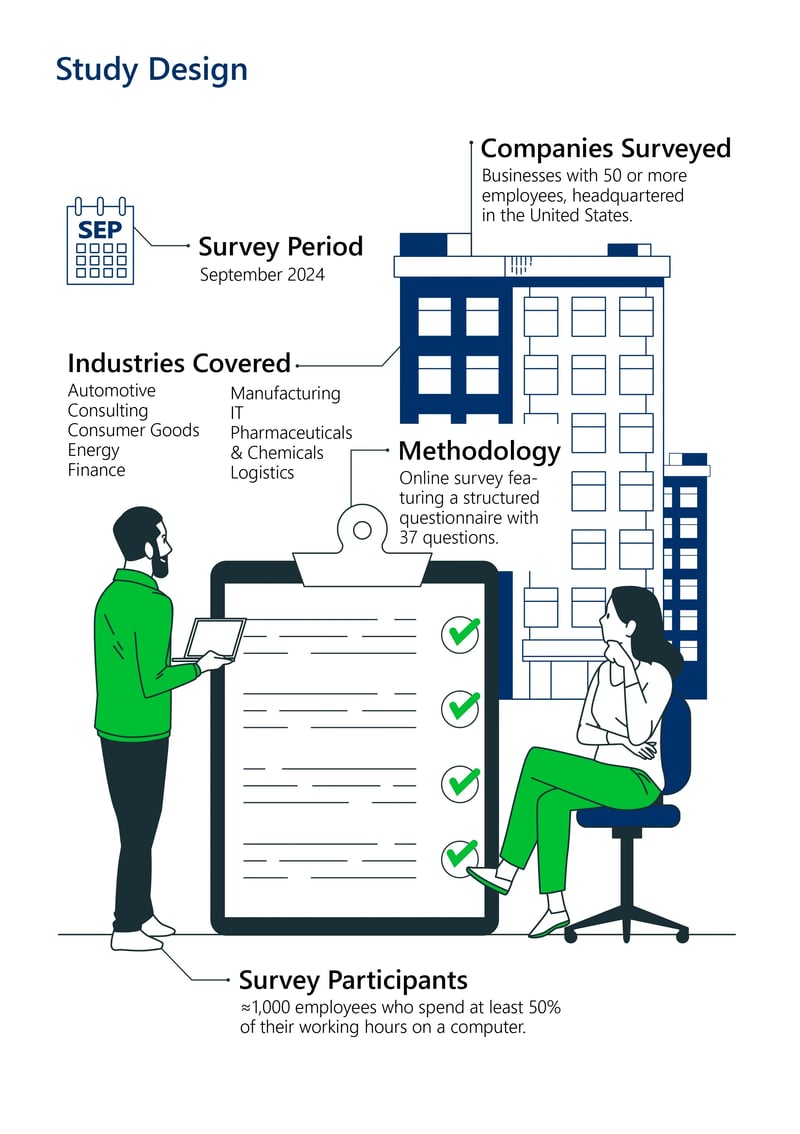
A highlight of this edition is the exclusive interview with Prof. Dr. Christian Stummeyer, a leading expert in digital transformation.
He shares valuable insights into the hybrid collaboration between humans and AI in the modern workplace – an increasingly relevant topic. According to our study, over 77% of employees in the US already use artificial intelligence (AI) in their daily work. However, AI adoption alone does not guarantee success.
Productivity software is at the core of modern work environments. Word processing, spreadsheets, presentations, and email applications form the foundation of daily operations and efficient workflows. In the United States, 71% of employees regularly use presentation software, while 81% rely on word processing tools. Efficiency is becoming increasingly important. Tools that enable automation and integrate seamlessly into existing systems are gaining significance as companies face rising demands on resources and costs.
93 %
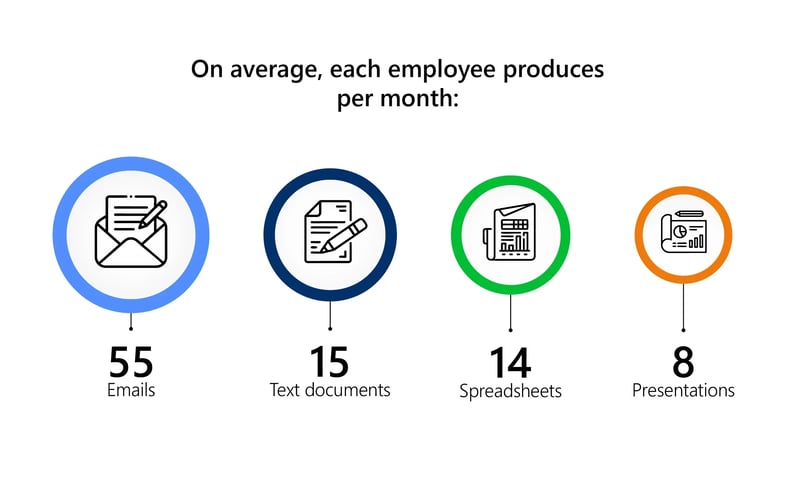
Microsoft 365 leads, but Google Workspace is gaining traction
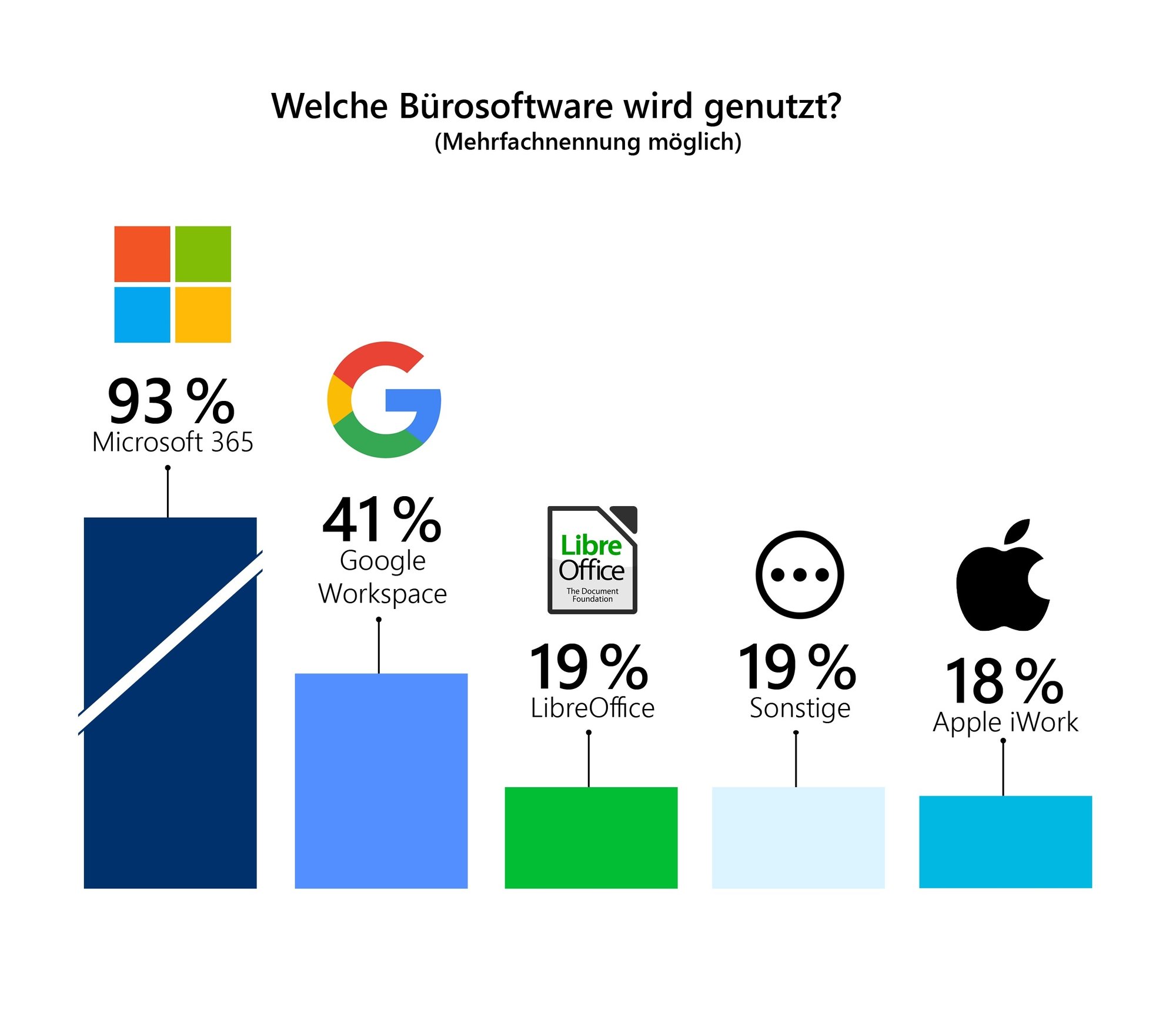
With a 93% market share, Microsoft 365 dominates the American market, but Google Workspace is growing – 64% of respondents also use Google‘s solutions. Both tools cater to user needs, offering a broad feature set, cloud integration, and collaboration capabilities. The goal is to make these strengths work in practical always and ensure employees are fully supported in how they use these systems.

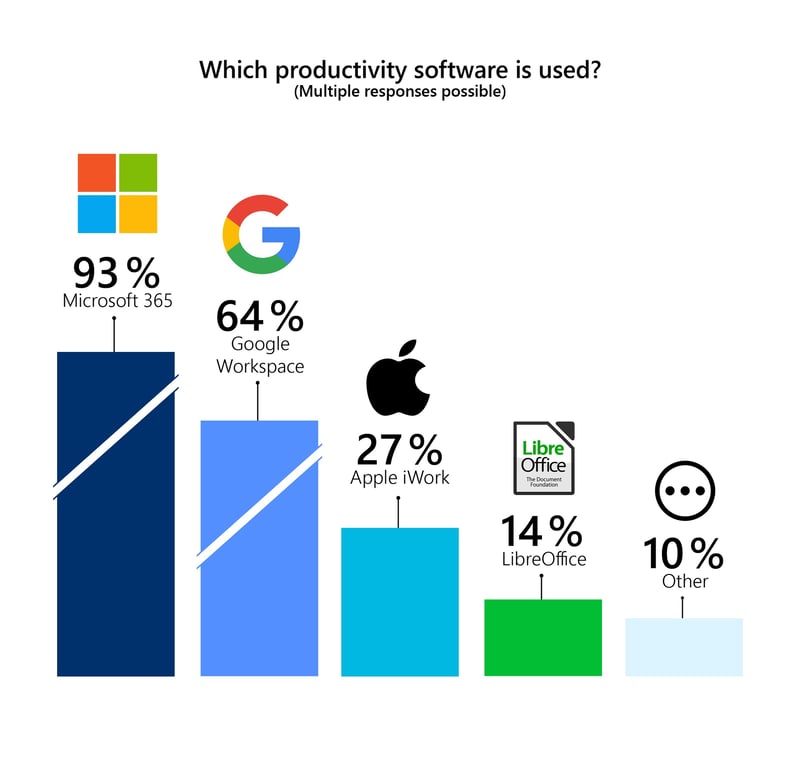
Productivity suites in focus: Key trends and statistics
Productivity applications play a crucial role in daily work and take up a significant portion of employees‘ time.
On average:
• Emails take up 7 hours per week• Spreadsheets account for 7.7 hours per week
• Word processing requires 7.7 hours per week
• Presentations take 6.5 hours per week
Altogether, employees spend 72% of their weekly working hours using these applications. These figures demonstrate the huge potential for productivity gains – whether through better training or complementary software solutions that improve efficiency with automation and ar-
tificial intelligence (AI).
72 %
spend 72% of their weekly
working hours using these
applications.
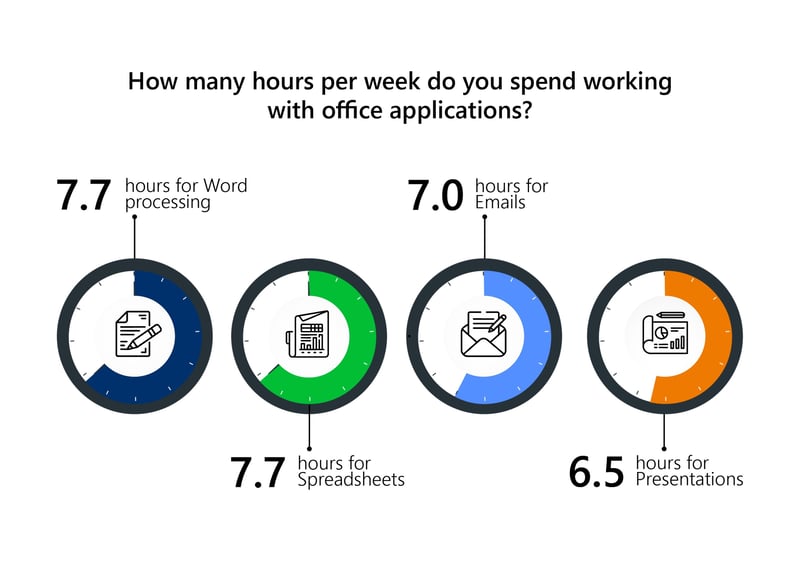
Impressive output
Many of these documents do not stay within the company – 86% of respondents send documents or presentations to external recipients at least once a month. These statistics highlight the central role of productivity software in the digital workplace. At the same time, they reveal a challenge: every inefficient step adds up, leading to wasted time and increased costs.
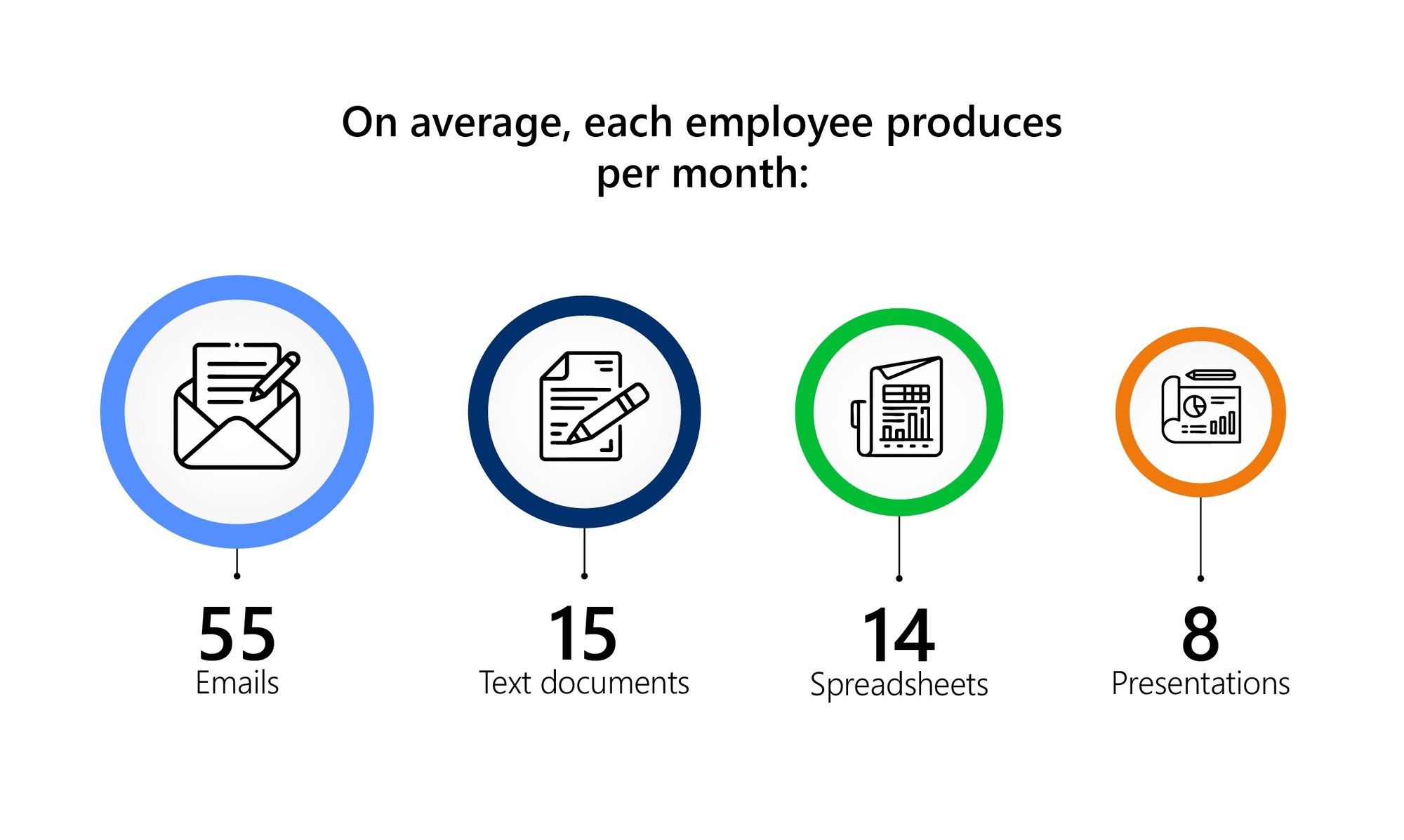
86%
86% of respondents send documents or presentations to external recipients at least once a month.
Desktop vs. Web: The future of productivity software
he future is hybrid. The shift toward web-based productivity software is growing but varies depending on the type of application. More than 40% of presentations and over 50% of emails are now handled online. However, desktop applications remain important due to their greater functionality. For complex tasks like formatting and data visualization,
web-based tools still lag behind. Web tools enable location-independent work and receive continuous security updates. Desktop applications, on the other hand, offer greater stability and a wider range of features. Businesses must bridge the gap between both worlds by developing IT infrastructures that support collaboration, flexibility, and security.
While most text documents, spreadsheets, and presentations are still created using desktop applications, about 44%, 46%, and 46%, respectively, are edited online. The shift toward online applications is most evident with emails, 54% of which are edited online.
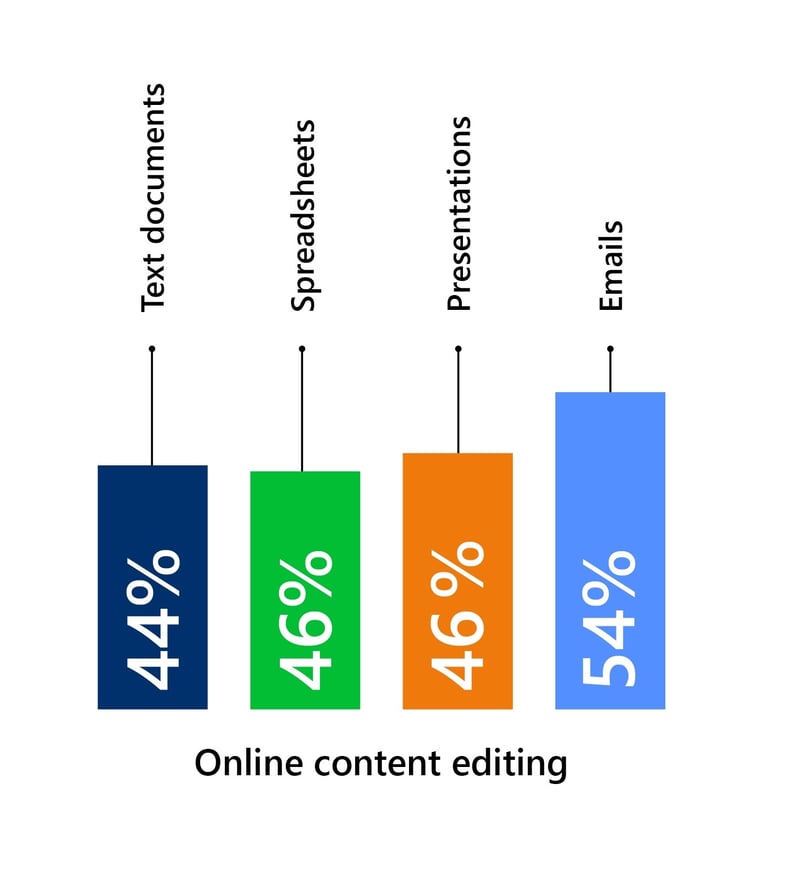
Conclusion: Maximizing productivity with productivity software
Productivity software is more than a tool – it’s a strategic asset. Companies that embrace process optimization and automation, AI-driven tools, and a hybrid software approach can significantly enhance efficiency, cut costs, and gain a competitive edge.
empower® helps businesses fully utilize Microsoft 365, driving greater productivity and long-term success. At BearingPoint, the use of empower® resulted in proven time savings of over 8,500 hours per year and an ROI of 762%.
In many companies, searching for documents, presentations, or specific slides is still a major productivity drain. Employees spend valuable time tracking down content or recreating it from memory, leading to lost efficiency, inconsistency, and potential quality issues in corporate documents. Our study shows that in over half of all presentations, existing slides are reused. This underscores the importance of fast, effortless access to content that is always up to date, legally compliant, and brand-aligned. However, there’s room for improvement – one in two employees in the United States admits to accidentally using outdated materials in their documents and presentations.
How much time is wasted searching for documents?
More than 60% of employees spend at least 30 minutes per month searching for slides and documents. In a company with 5,000 office employees, this adds up to 1.08 million minutes per year – the equivalent of 2,250 full workdays. A 10-person team could spend an entire year doing nothing but searching for documents and presentations.
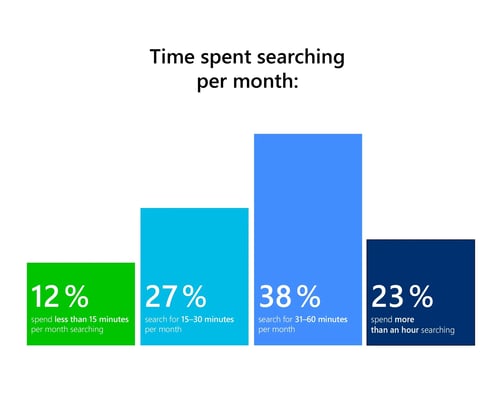
The consequences of missing content
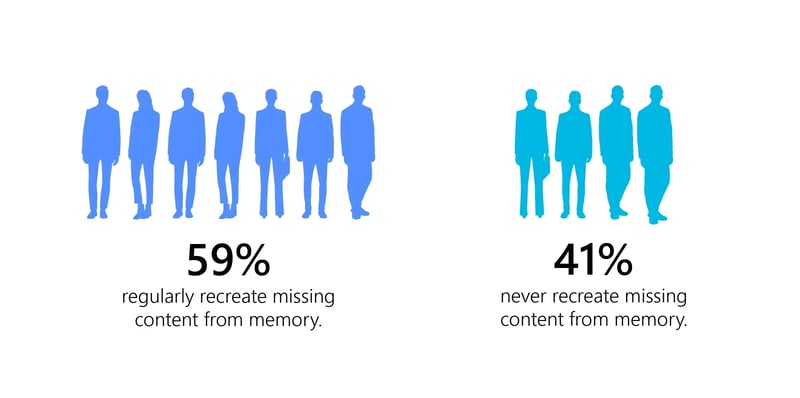
What happens when employees can’t find what they need? They recreate it from scratch. A staggering 59% of employees say they rebuild missing content from memory, leading to redundant work and increasing the risk of errors and branding inconsistencies
59%
Access content anytime, anywhere
To address these challenges, organisations need a centralised document and slide management platform that provides quick, easy and reliable access to relevant content. Such a system ensures that presentations, documents and slides are not only easy to find, but also up-to-date, legally compliant and brand-compliant. This is especially crucial for remote teams, as a centralized solution enables smooth workflows across locations and time zones.
The benefits are clear:
• Employees no longer waste time searching for information.
• Existing content can be quickly retrieved and seamlessly integrated into their work.
• Teams can focus on productive, high-value tasks.
• A well-structured content platform ensures consistent brand communication by allowing only approved and up-to-date materials to be used.
System-wide integration: The key to productivity
A modern slide and document management solution must seamlessly integrate with Microsoft 365, SharePoint, and collaboration tools. This allows employees to access content directly within their familiar work environment, without having to switch between systems. The result? Intuitive searches, uninterrupted workflows, and increased productivity.
Conclusion: A simple concept that’s surprisingly hard to achieve
In an ideal Digital Workplace, searching for content shouldn’t be a challenge – but in reality, it often is. Employees continue to waste time looking for files, and missing
content leads to unnecessary duplicate work. A staggering 59% of employees say they rebuild missing content from memory.
The solution? A centralized, well-structured content system that:
• Saves time
• Enhances collaboration
• Ensures up-to-date, easily accessible, and consistent materials
84% of employees are overwhelmed by repetitive tasks
Day after day, employees find themselves creating nearly identical documents and presentations. In fact, 84% of employees regularly produce proposals, reports, or presentations that follow the same structure, differing only in minor details. This may have been an unavoidable part of office work in the past, but in today’s AI-driven, automated world, manual and repetitive tasks are no longer efficient
84%
84% of employees regularly produce reports or presentations that follow the same structure, differing only in minor details.
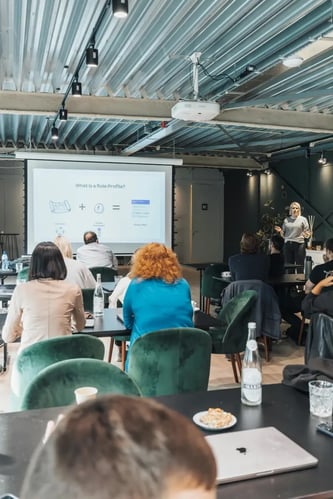
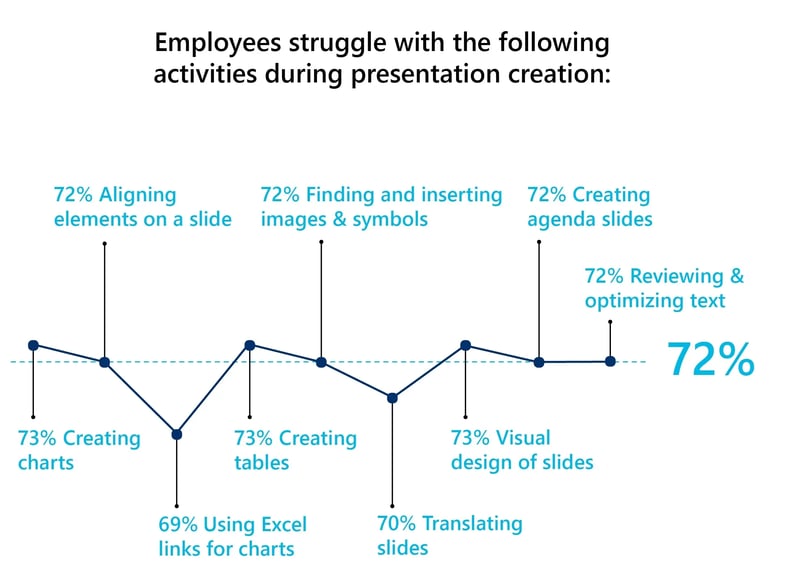
The hidden costs of repetitive work
Monotonous, repetitive tasks – such as manually adjusting text, charts, or layouts – quickly add up. The consequences include:
Lower motivation
Employees who repeat the same tasks daily feel underutilized and disengaged, leading to reduced job satisfaction
Increased errors
The more data is entered or copied manually, the greater the risk of mistakes – which can have serious business consequences.
Wasted resources
Time spent on repetitive tasks takes away from innovation and strategic work.
The solution: Standardization and automation
The answer lies in automation tools that generate error-free, brand-compliant documents in seconds. Instead of manually modifying content, employees simply enter key data into a form, and the system automatically creates a polished, professional document.
Automated updates
Variable information like customer names, prices, product details, or dates can be automatically inserted and updated, reducing errors.
Efficient workflows
No more time-consuming formatting, content searching, or manual document assembly – automation and templates handle it all. Even employees without specialized skills can quickly create professional documents without worrying about structure.
Reduced workload for repetitive tasks
Thanks to the automation of routine tasks, employees are free to focus on strategic, high-value activities
By reducing manual steps, minimizing errors, and accelerating processes, automation helps companies boost efficiency and consistency in document creation.
Conclusion: The future of document creation
The data is clear: Many companies waste time and resources on repetitive document creation.
By embracing automation and AI, businesses can
• Save time and cut costs
• Increase accuracy and consistency
• Boost employee satisfaction and productivity
A smarter, more efficient workplace starts with eliminating repetitive tasks – and automation is the key.

Which documents benefit most from auomation?
Automation is ideal for documents that:
• Are frequently used
• Require multiple customizations
• Involve extensive copy-pasting
• Follow a fixed template
• Have a high risk of errors
• Need approval before distribution
Accelerate document creation, enhance brand consistency, and lower costs

empower® is an all-in-one suite for Microsoft 365 that equips your organization with the tools to create high-quality, professional documents. From brand-compliant design and advanced chart creation to content management and document automation, it also features AI-powered capabilities and dedicated support from our Professional Services team.
Humans and AI - A dream team for the
modern office?
According to our latest study, more than 77% of employees in the United States are already using artificial intelligence (AI) in their daily work. Leading the way are ChatGPT, Microsoft Copilot, and Google Gemini. But how successful this usage is depends largely on the user‘s skillset and how effectively AI tools are integrated into workflows. The key concept is hybrid work models, where humans and AI work together seamlessly. These models are reshaping the digital workplace—offering great opportunities, but also new challenges. So how does working with AI affect team dynamics? What skills do employees need to thrive in this new environment? And how can companies just beginning their AI journey get started?

To answer these questions, we spoke with one of the top experts in the field: Prof. Dr. Christian Stummeyer, Professor of Digital Commerce and Artificial Intelligence, renowned keynote speaker, and former consultant with the Boston Consulting Group. He shares valuable insights from both academic and real-world perspectives about the promise and challenges of human-AI collaboration at work.
AI tools are already part of many people’s workday. What do you use them for most often?
I mostly use AI tools for generating all types of text, helping with research, and preparing presentations. In my keynotes, I often demo tools that generate images and videos – and sometimes even music – live on stage. I also experiment with AI in decision-making and visualizing complex information
Do you remember your very first prompt? Was it a success or a let-down?
Yes, I do. My first prompt was on June 30, 2022, using ChatGPT 3.5. It was actually a pretty complex request: “Please write a back cover blurb for my upcoming book titled Platform Economy in Healthcare.” The book wasn’t published yet, so ChatGPT had no access to the content. Still, the result was surprisingly good— good enough to send straight to the publisher. That’s when I realized how powerful large language models could be.
What conditions must companies create to successfully integrate AI into office life?
Companies first need a culture that embraces innovation and change. They must also train employees and develop a clear AI strategy to define their goals. On top of that, a stable IT infrastructure and strong data protection and ethics standards are essential.
What are some good starting points for using AI in the office?

AI tools for generating text – like emails or marketing copy – are an ideal entry point. Automating routine tasks like scheduling, data analysis, or document management is also effective. Chatbots can ease customer service workloads, while tools like Copilot help with writing and coding. These use cases deliver quick wins that build acceptance across the organization.
Our survey found that more than 77% of employees in the United States use AI at work. Do you think this reflects the real situation in companies?
Yes, AI has definitely made its way into the workplace, though usage varies in depth and maturity. Many employees use basic tools like ChatGPT and Copilot for writing or research. But deeper integration into business processes is still developing. In companies that are more strategic about AI, the real usage rate may be even higher. More traditional industries may be slower to adopt.
Where do you see the biggest potential for AI in office work?
The biggest impact will be in automating administrative processes, optimizing workflows, and analyzing data. Areas like accounting, HR, and project management stand to benefit most because they involve many repetitive tasks. AI helps save time and improve decision-making. Newer models are even capable of basic legal reasoning, which opens up more possibilities
Hybrid models that pair humans and AI are gaining ground. Can you give examples of how this works in the office?
One great example is using AI to help prepare reports or presentations by analyzing and organizing raw data. AI can also help prioritize emails or assist with project planning. That allows employees to focus more on creative or strategic work
»The biggest impact will be in automating administrative processes, optimizing workflows, and analyzing data.«
Tools like Copilot and ChatGPT are becoming digital coworkers. How does this change team dynamics, and what new skills do employees need?
AI allows for smarter task division, with routine jobs handled by technology. But employees must learn to assess AI-generated results and apply them wisely. Important skills include data literacy, technical understanding, and dealing with uncertainty.
There are fears that AI could limit human creativity and personal responsibility. How do we ensure that AI remains supportive and encourages employee initiative?
We need to view AI as a tool, not a replacement. Training and clear communication
about AI’s purpose help build trust. It‘s also key to involve employees in how AI is implemented and ensure they maintain control over final decisions.
We often hear that humans must lead AI. What does “AI leadership” mean, and how can companies prepare leaders for it?
AI leadership has two key elements. First, it means identifying where AI brings the most value – whether in automation, decision support, or customer interaction. Second, everyone in the company – from interns to the C-suite – must learn how to guide and use AI proactively. People need to be in charge of AI, not just consumers of it. That requires clear rules, strong support, and targeted training in data skills, ethics, and strategic thinking.

What role do IT and digital workplae managers play in bringing AI into office workflows?
They’re the bridge between tech and people. They help shape the AI strategy, select the right tools, oversee smooth system integration, and train employees. Their role is critical to making innovation practical and effective.
What three tips would you give IT and digital workplace leaders for successful AI integration?
Start small and learn fast. Run pilot projects to test specific use cases and show early results. Use feedback to improve over time. Focus on users. Even the best tech won’t work if people don’t know how to use it. Train employees early, explain the value, and make it easy to get started. Build for the future. Choose flexible, scalable systems that integrate easily. Prioritize
data security, governance, and compatibility for sustainable AI use.
» Development will continue at a rapid pace for some time to come, as new data sources and algorithms are constantly being developed and hardware is becoming ever more powerful. However, ethical and regulatory aspects as well as the quality of the data will set decisive limits. «
Generative AI has advanced rapidly. Do you think that pace will continue, or will we hit limits like data shortages or technical barriers?
I expect this fast pace to continue for a while. More data, new algorithms, and better hardware are all driving growth. But ethical issues, regulations, and data quality will be major constraints. Research will focus more on sustainable, responsible development.
As AI grows smarter, how can we ensure that humans stay in control? What principles matter most?
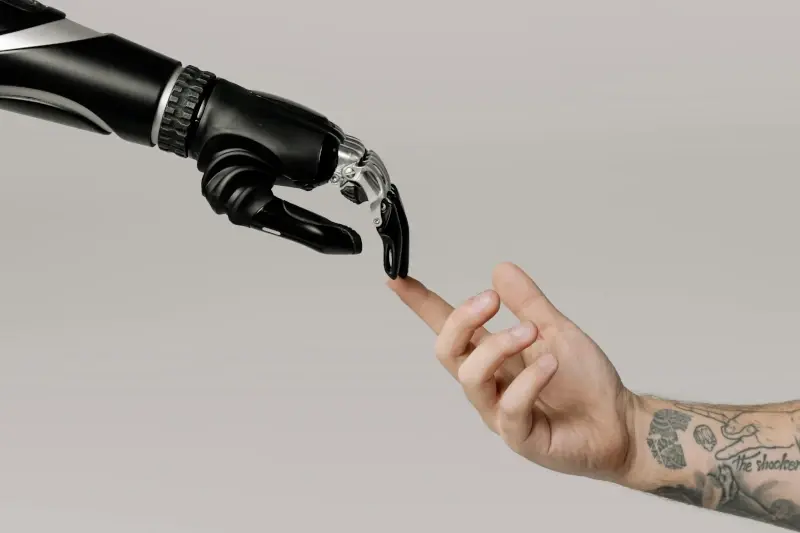
Some organizations measure AI’s IQ, and the latest models often score over 120 – higher than the human average of 100. That’s why transparency, accountability, and ethical standards are essential. Companies need regular audits and human oversight. Training employees to use AI responsibly is just as important.
What would a human oversight team look like in practice? What should it be able to do?
A practical setup could be an AI Leadership Board made up of experts in IT, compliance, ethics, and business operations. They would run audits to ensure AI is fair, reliable, and transparent. The board would also ensure AI aligns with legal and ethical standards, corporate values, and social norms. Most importantly, AI decisions must be explainable – employees should understand and override
them if needed. Beyond oversight, the board would also guide the company’s overall AI direction.
If you could assign AI a new task in the future, what would it be – and how could it change the workplace?
I’d love to see AI become a true „Workforce Orchestrator“ – a smart assistant that doesn’t just automate but actually improves how we work. It could organize to-do lists, spot problems early, and reschedule meetings or deadlines in real time. This would make work more efficient and help teams collaborate better, with less stress and more time for creative, high-value work.
»Employees must be able to understand how an AI arrives at a result and be able to intervene or override in case of doubt.«
From our blog
Practical Office tips, inspiring stories and market assessments on PowerPoint & Excel.
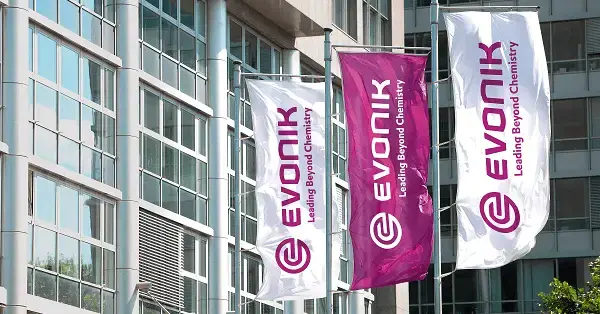
Evonik and empower® – How consistent brand management becomes scalable

AI meets presentations: When humans and machines collaborate


